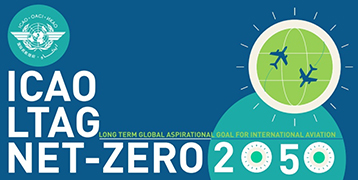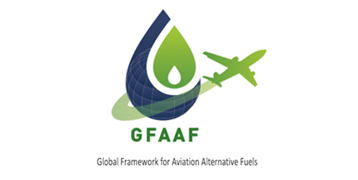Green flight paths: a catalyst for net-zero aviation by 2050
Energy & Environmental Science
(2024)
FEATURED BOOK
Large-scale sustainable aviation fuel (SAF) production and use is essential to achieving net-zero aviation by 2050. In this perspective, we argue that catalysing SAF production from the very low level of 2022 (0.1% of the 2050 required level for net-zero) can be achieved via the establishment of “green flight paths” (GFPs) that kick-start SAF implementation through targeted support from key international partner countries. The development of GFPs builds on the Clydebank Declaration from COP26 for green shipping corridors, which is aimed at transforming emissions at sea. Similarly, we define here GFPs as specific aviation routes where financially viable supply chain opportunities for zero-emission air-travel are incentivised. We examine here how GFPs are likely to be spearheaded by countries, such as the UK and the UAE, which are both large international aviation markets that have the political, technical and production capabilities to be world-leaders in pursuing the earlier stages of investment (which are inherently riskier) in developing SAF commercial production capacity for the decarbonization of their aviation sectors. We further discuss how from an energy justice perspective, GFPs are ideal for catalysing SAF adoption and cost reduction in a just way by placing the burden where accountability is required.
1 total downloads



 Back
Back



